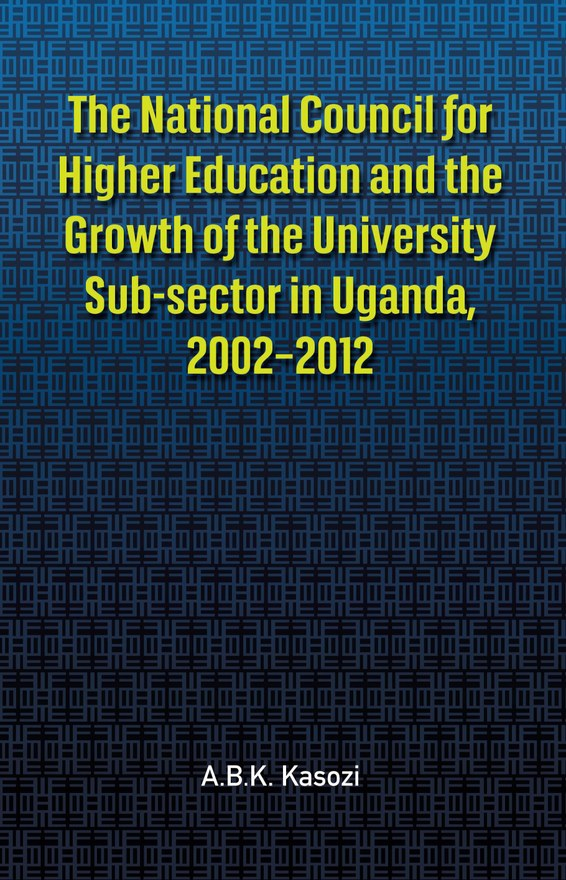Since the emergence of post-independence Africa, no socioeconomic and political policy has had such dramatic impact on the lives of Africans as the structural adjustment programme has done. And given its significance to and influence on every aspect o f the economies of sub-Saharan Africa, agriculture has borne the brunt o f the most far-reaching micro- and macroeconomic changes introduced during the adjustment era. After more than a decade of its implementation, there should be enough data to justify and assess the real winners and losers o f the structural adjustment policy. Has the placebo resuscitated the dying economies in the subregion? Or due to its sudden and forceful implementation strategy, has the SAP reform left in its wake distressed and destabilised economies and social networks? More than ever before, Structural Adjustm ent and Agriculture in West A frica investigates the veracity of the successes and failures of the SAP. This book, containing six thoroughly researched analyses o f different sectors in the economy as they affect agriculture in three countries : Ghana, Nigeria and Senegal, encompasses, but most important, also goes beyond the « pricist » paradigm to interpret the potential of the SAP as an instrument of economic rejuvenation. The researchers tried to identify gaps in the perspectives currently being employed in SAP analyses, seeking explanations to the structural boosters and constraints which determine growth in agriculture and in the subregion. The book is an invaluable contribution to economic policy- analysis and making in Africa.
Tshikala Tshibaka
ISBN: 2-86978-08-x
CODESRIA 1998
















